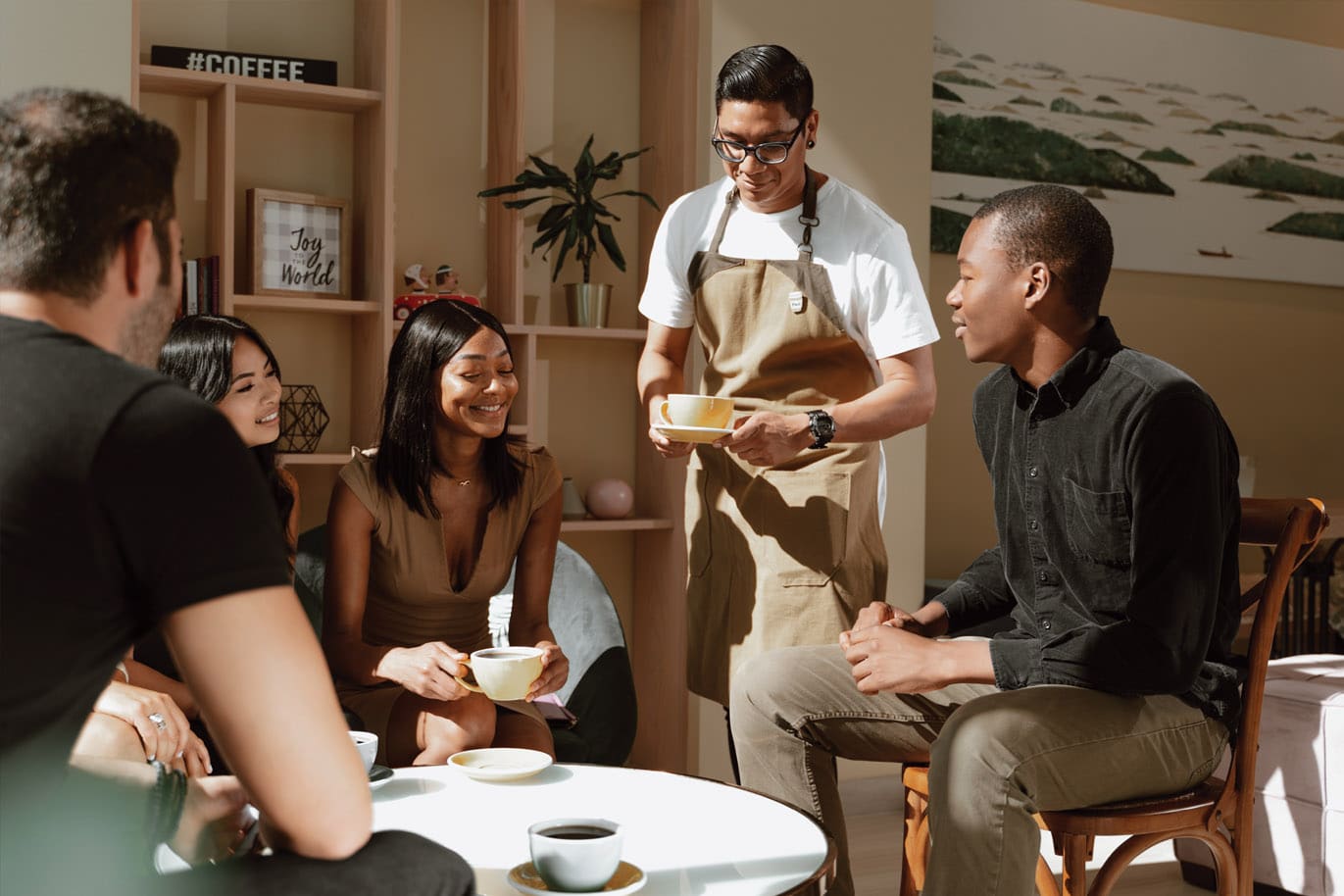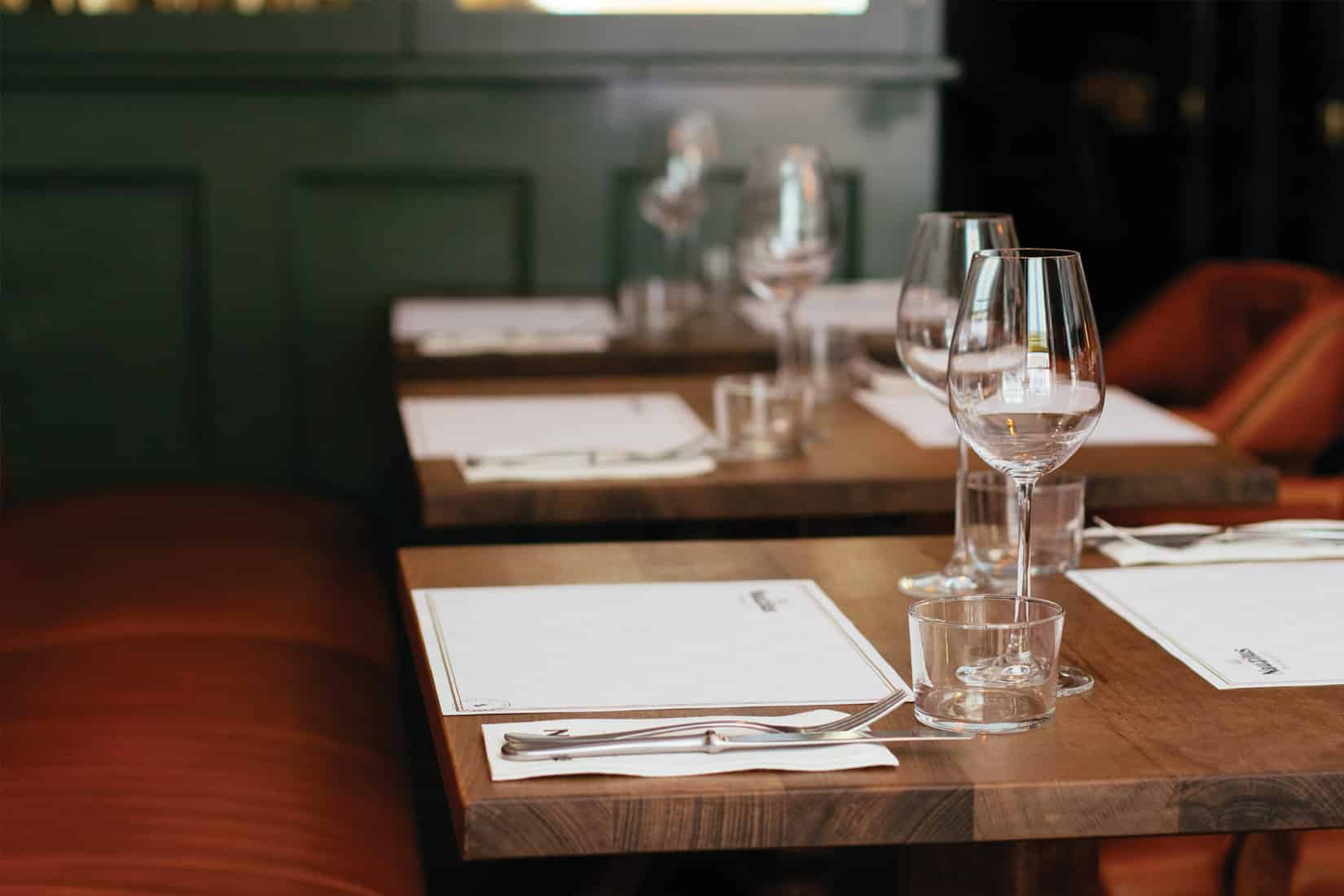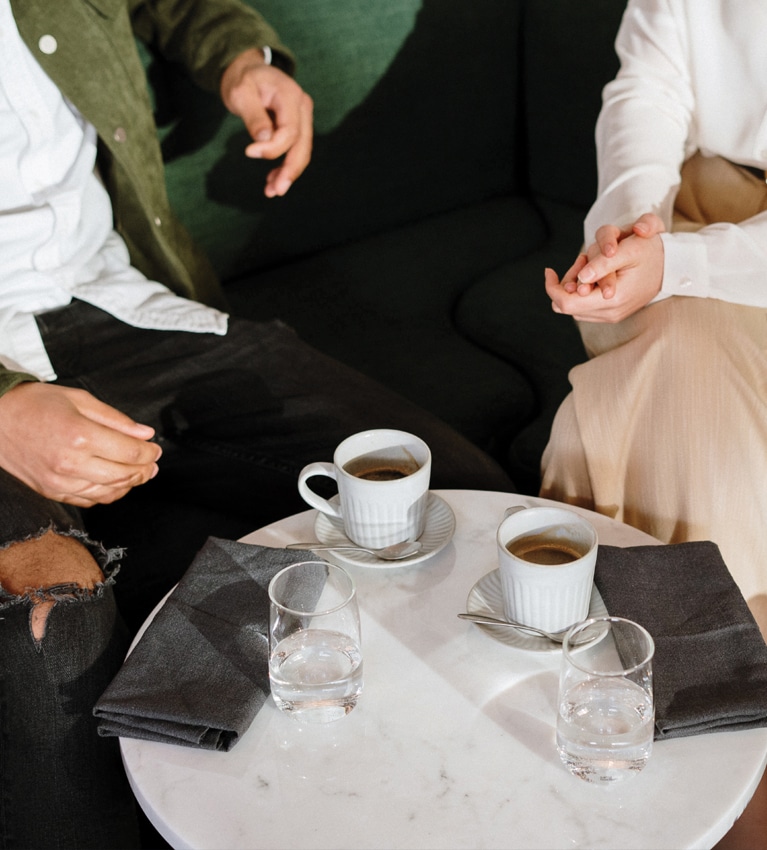
Designing for Experience: A Strategy for Loyal Customers

Nettuno Fisheries Take to the Seas
October 30, 2022
The Need for a Holistic Catering Industry Strategy
November 10, 2022What makes customers choose your business over the other thousands of competitors you have? Is good food, drinks and a cheap hotel room enough?
Customers are after much more than goods and services, to buy. They are after different and memorable experiences to live. We are living in what many believe to be an experience economy. An economy that is moved by the value people see in experiencing something rather than having something. In this economy, price is not a deciding factor anymore. Many pieces of research show that customers are willing to pay more if they know they will have a great experience.
In this new trend of consumers, offering a different and memorable experience is the answer to how to stand out from your competitors. Based on B. Joseph Pine II and James H. Gilmore (Welcome to the Experience Economy from Harvard Business Review). “An experience occurs when a company intentionally uses services as the stage and goods as the props, to engage individual customers in a way that creates a memorable event.”
Experiences are leading the market because like in many other industries, customers demand more personalization. The desire to belong and to feel special is part of our nature. Experiences are essentially personal events that are shaped by the mind of the guests. This means that even being presented in the same way, every person will feel different about it.
Your business doesn’t need to be in the entertainment industry to sell experiences. An experience is a combination of goods and services and the stage is your venue. A stunning place, a nice meal, attentive table service, delightful live music, a discount on a ride home… Each of these items can be sold separately, but the value perception of each item alone is nothing compared to all the items delivered together to form a memorable experience for your guest.
The success of an experience relates to how deep you manage to immerse your guests in it. Differently from a virtual interaction, when you receive a guest in your establishment, you have a chance to engage all their senses. Chances are that the more senses you manage to engage, the higher the chances they will remember that interaction with your brand.

You can’t decide how your guests will feel and how they will act 100%, but you can influence that. The physical space of your business is a super powerful touchpoint that you have to interact with your guests. The interior decor can influence how customers feel and interact with each other and the staff, how long they stay inside, how likely they are to share the experience on social media platforms, how much they will spend… There are infinite possibilities.
How do you want your guests to feel? Which impression do you want them to have of your brand? What do you want them to remember when they leave? These should be the first questions you answer when you’re creating an experience at your hotel, restaurant or any other catering space.
Every item presented in the space is a cue to reinforce the experience that you offer. Negative or wrong cues can leave the customer questioning if the value is worth the price that you charge.
A few years ago I went to Santorini to celebrate my birthday with a friend. For the celebration dinner, I was after a modern fine dining restaurant with a sunset view. That wasn’t hard to find as the views from everywhere on the island are stunning.
On that bright day during summer, it was guaranteed that I would have the perfect view of the sunset. Arriving there their valet driver welcomed us at the door and soon after, a hostess took us inside. The table was already set and the view was breathtaking. The mix of natural textures, wooden elements, dark tones and unusual shapes in the furniture and the decoration, made me feel in a luxurious place.
The food was amazing and the waiter that was serving us was super attentive. After the dessert, I searched the menu for my favourite drink and I couldn't find it. I called the waiter and he promptly offered to make it. His attitude made me happy. A few minutes after the cocktail arrived in a diamond glass with a light blue plastic straw in it. The taste was good but the plastic straw got me wondering. Why does a place that has exclusive valet service for its guests use such a cheap prop for its drinks? It doesn’t make sense.
My experience wasn’t ruined by the plastic straw in a fine dining restaurant but that made me see less value in it. That was just a small detail in my evening but is a great example to show that even the smallest things matter when you’re designing an experience. Everything in the space affects the customer experience and how they perceive a brand.


When looking for a venue to eat or accommodation to stay at, customers are overwhelmed with options. Therefore, before even thinking about retaining customers, business owners need a strategy to attract them. Customer expectations are rising fast and to stay relevant in the industry, businesses need to keep up with the demand. Staging experiences are the way to differentiate your brand and bring the business forward.
The equation is simple. A positive experience is absolutely more likely to be repeated than a bad one. A consumer report done in Malta by Onest and Anchovy found that 73% of respondents stated that they will not go back to a shop/ company after they had a bad experience. This is a shocking number. Imagine how many opportunities your business has lost because of just one bad experience.
On the other hand, guests want to repeat good experiences and better than that, they want to share it. If you manage to impress them, delivering what they want, the positive impact of it on your revenue can be considerable because of the social impact.

Bruna Rodrigues
Founder and Designer at Inpar Hospitality Concepts
Click here to see Horeca Issue 9 online



